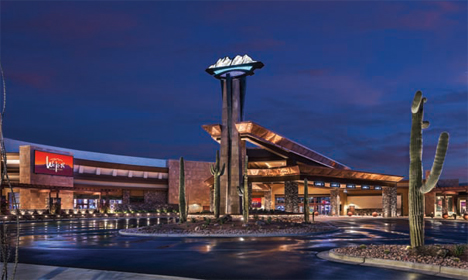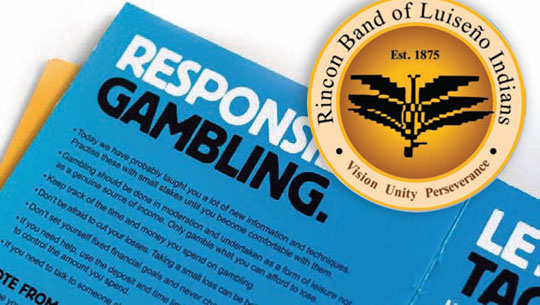
As sports betting and other legal forms of gambling continue to expand across the United States, new stakeholders are aware of the potential backlash against expansion if it’s perceived to increase disordered gambling behavior.
Because gambling expansion always involves government action, the important decisions around responsible gaming programs are often made by policymakers involved in legalization or regulation—not scientists or clinicians who understand the complexities of disordered gambling as a public health issue, entangled with an underlying addiction syndrome.
Ultimately, public policy debates around the perceived relationship between gambling expansion and disordered gambling can be boiled down to two questions: “Is the gambling industry to blame for disordered gambling?” and “Who should pay for the costs of prevention and treatment of disordered gambling?”
These two questions are at the heart of a contemporary legal dispute between the Rincon Band of Luiseño Indians and the state of California. The parties disagree on two important questions related to legal gambling and responsible gaming costs: First, what are the actual costs of disordered gambling that the Rincon tribe is responsible for, if any? Second, are current allocations of disordered gambling costs assigned by California to the Rincon tribe reasonable? While arising from a specific dispute in California, the main finding is of importance to all gambling industry stakeholders.
After years of analysis, the tribe’s heavy investment in responsible gaming has demonstrated that the highest and best use of tribal government responsible gaming funds is at the property level, not through payments to a third party such as a state government. In order to support other tribes that may be tempted to “overpay” for their right to offer or expand their legal gambling activities, the Rincon tribe has offered to amplify the success of its current responsible gaming program, which was created in partnership with its management company, Caesars Entertainment, and to share it with other tribes across the United States.
Since 2016, the Rincon Band has been working to resolve a dispute with the state of California regarding the meaning of the language set forth in Section 5.0 of the tribe’s Secretarial Procedures, which govern the tribe’s Class III gaming facility in lieu of an approved tribal-state compact.
Section 5.0 reads: “The tribe shall pay to the state on a pro rata basis the actual and reasonable 25 U.S.C. § 2710(d)(3)(C) costs the state incurs for the performance of all its duties under these Secretarial Procedures (Costs) as established by the monies appropriated in the annual Budget Act for the performance of their duties under these Secretarial Procedures each fiscal year for the California Gambling Control Commission, the California Department of Justice, the Office of the Governor and the California Department of Alcohol and Drug Programs, Office of Problem Gambling, or any agency or agencies the State designates as a successor to them.”
State & Tribal Cooperation
The Rincon tribe interprets Section 5.0 as a requirement by the state to demonstrate that the amounts invoiced to the tribe are actual and reasonable through documentation, not through an appropriations process whereby costs are assigned to the tribe on a pro-rata basis.
This distinction in assigning costs is critical for implementation of the Secretarial Procedures, since any costs beyond what is actual, reasonable and directly related to the regulation of the tribe’s Class III facility constitutes a “tax, fee, charge, or other assessment” prohibited by the 1988 Indian Gaming Regulatory Act (IGRA).
At the heart of the issue is the assignment of regulatory costs that create a tribal obligation to pay for programs designed to address gambling addiction funded by the state of California’s Office of Problem Gambling (OPG).
The procedures require the tribe, not the state, to establish and operate a program to provide education and prevention services to guests who experience problems with gambling while visiting the tribe’s gaming facility. In the years since this dispute began, the Rincon tribe has worked tirelessly with the state to encourage tribal negotiators to reveal the state’s calculation of responsible gaming costs and to demonstrate that these costs are both actual and reasonable. To date, the discussion is ongoing. However, this article provides a research-based framework for demonstrating why it may be impossible to determine the actual costs of disordered gambling in a way that translates into a reasonable assignment of those costs to the operator of a land-based casino.
Assignment of problem gambling costs to a single property becomes even more dicey when there are more than 60 other casinos in the state, the property is within driving distance to casinos in Nevada and Arizona, and there are multiple legal forms of gambling available to casino guests in the state.
This article encourages all tribal governments to systematically review the relevant academic literature on responsible gaming and disordered gambling to help the industry understand why any gambling expansion, especially land-based tribal casino expansion, would be expected to have a negligible effect on problem gambling treatment needs and costs.
In particular, this article highlights the fact that academic research fails to link disordered gambling rates to gambling expansion. The rationale behind the state’s demand for a “pro rata” payment from the Rincon tribe (and all tribes) relies upon the assumption that each tribal gaming facility (or each new game type added) incrementally increases the amount of problem gambling that the state must address or regulate. However, this assumption rests on fundamental errors which affect both the state’s estimate of total costs and their requirement that the any or all tribes pay an assigned percentage of those costs.
Assigning Blame, Costs Is Imprecise, Unreasonable
In addition to assigning blame for a statewide public health issue solely to tribal casinos across California, the assignment of costs exclusively to tribal gaming properties is unreasonable. There are several reasons why tribal governments should not be blamed for “causing” disordered gambling in California. The most obvious reason is found in the state’s own research on the prevalence of disordered gambling, which shows that the overall prevalence rate declined after tribal governments opened 61 casino properties across the state.
The first study of the prevalence of problem and pathological gambling in California was a National Institute of Health (NIH)-funded study conducted in 1990. At that time, the combined prevalence rate in California was estimated at Problem (level 2) of 2.9 percent and Pathological (level 3) of 1.2 percent for a combined figure of 4.1 percent.
While there were no tribal casinos in California at that time, the state’s pathological gambling rate already mirrored the national average of approximately 1 percent for pathological gambling. The level of disordered gambling in the state in 1990 likely reflects the underlying addiction syndrome identified by Dr. Howard Shaffer at Harvard University, and results from the fact that California residents had access to many forms of legal gambling before 1990, including a robust card room industry, parimutuel horse racing and the state lottery. Of course, casino gamblers could easily drive to Nevada to gamble as well.
When California commissioned a follow-up study in 2006, researchers found that the combined rate of problem and pathological gambling in California had declined as tribal gaming flourished. The 2006 study revealed rates of Problem (level 2) at 2.2 percent and Pathological (level 3) at 1.5 percent for a reported combined figure of 3.7 percent. This reduction in the prevalence rate suggests that tribal responsible gaming education and prevention efforts are working and should be encouraged.
Instead, the state of California continued to push for tribal-state compact terms that divert tribal funds to Sacramento rather than continue to refine responsible gaming education and prevention where it matters most: in tribal properties.
Investing in Prevention
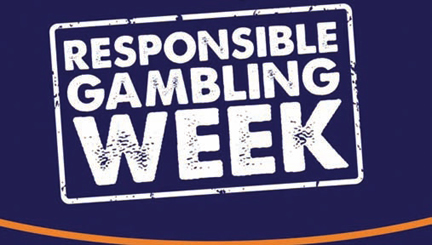 It seems counterintuitive that the rates of disordered gambling would decrease as gambling expands, until we consider that tribal casinos invest heavily in onsite prevention and education efforts for both employees and guests.
It seems counterintuitive that the rates of disordered gambling would decrease as gambling expands, until we consider that tribal casinos invest heavily in onsite prevention and education efforts for both employees and guests.
The Rincon tribe’s program, for example, created in partnership with Caesars, is recognized as one of the leading programs in the industry. The tribes’ collective efforts across California seem to be paying dividends, amplifying the message that there is “hope and help” available to those who seek it.
For example, California’s 2006 study revealed that casinos were the No. 1 way customers learned about the state’s problem gambling helpline, so it follows that more casinos actually provide more access to solutions, not more problems. California Helpline statistics in 2017 show that a majority of callers to the CalGETS helpline learned about this resource from tribal casino signage. These helpline statistics are a critical piece of the puzzle, since problem gamblers seeking no-cost treatment through CalGETS were referred most often by the helpline. Redirecting tribal funds away from onsite investments into general state coffers undermines these successful results.
When we consider the assignment of “blame” and treatment costs for disordered gambling, it’s impossible to determine “actual” costs since disordered gambling is almost always linked with other disorders. The high rate of comorbidity for gambling disorder makes it impossible to accurately measure problem gambling costs in isolation.
For example, most social and economic cost studies fail to account for the high rate of co-occurring disorders among disordered gamblers. In 2008, Kessler determined that 95 percent of people with gambling disorder in the United States had a co-occurring psychiatric problem sometime in their lifetime. Furthermore, Petry and Stinson found that 75 percent had the co-occurring disorder before the gambling problem developed. This high rate of comorbidity raises the question, is the gambling problem to blame or is the preceding psychiatric disorder responsible?
Research by the Public Sector Gaming Study Commission demonstrated that while more Americans had been exposed to gambling, they gamble no more than they used to. Between the two national commission reviews—1975 and 1998—the proportion of Americans who had gambled at least once in their lives jumped from 68 percent to 86 percent. However, the number of those surveyed who had gambled in the previous year only increased from 61 percent to 63 percent, in spite of the 1,600 percent increase in the availability of gambling opportunities.
Researchers at the Harvard Division on Addictions have suggested that the availability of gambling has little or no impact on problem or pathological gambling prevalence rates because the origins of gambling addiction are tangled with other addictive behaviors unrelated to gaming. Research on addiction as a syndrome suggests that those who seek treatment for pathological gambling often have a variety of social problems.
The pertinent question remains: are these social problems the cause or consequence of disordered gambling?
Social Investment & RG Industry Practices: A Net Gain for Tribes, Regions and States
While most state compact cost estimates assume that tribal gaming has economic benefits and social costs, these figures ignore the social benefits that derive from tribal government ownership of casinos. Academic evidence from UCLA, the University of California, Riverside and San Diego State University suggests that social and economic gains to the economy of California are significant and enduring, especially in the context of the below-average economic conditions found in Indian Country prior to gaming.
Decades of research by Harvard and the University of Arizona show that tribal gaming has brought income and employment benefits to tribal and non-tribal communities. Economic and social indicators reveal improvements in education and family income. Poverty and unemployment decrease with the introduction of tribal government gaming in a region. All these quality-of-life improvements are protective factors against addiction and ease state burdens rather than contribute to them. Research also demonstrates that new or increased employment has positive impacts on health, crime and mental health.
Certainly states and other local governments should consider these gains in any assessment of whether tribes should be required to pay a so-called “fair share” contribution for responsible gaming. When net impacts are properly documented, many tribes in California might reasonably request state funding for Indian Country rather than the reverse. Asking tribal governments to divert funds from these efforts undercuts innovation and significant progress.
Looking to the Future
Future agreements should recognize tribal commitments to work together on research and refining industry practices rather than attempting to quantify social costs or assign blame.
The Rincon tribe has a robust evidence-based responsible gaming program in place. It has also offered to share the program with any other tribe that wants to replicate it. Considered the “gold standard” in the industry, the Rincon program includes responsible gaming training during new-hire orientation and additional training on an annual basis for all supervisors and designated Responsible Gaming Ambassadors (32 spread out across three shifts). The tribe’s Responsible Gaming Committee meets quarterly to review policies and actions taken during the quarter and to perform collateral audits. The tribe also participates in Responsible Gaming Education Week and does ongoing evaluations of training, education and responsible gaming activities.
The Responsible Gaming Ambassador (RGA) program was subjected to an independent academic evaluation by Laval Université, which found that the training significantly increased the knowledge of the RGAs and the understanding of their new roles and duties and that these gains were maintained at the three-month follow-up. Three months after the training, almost all RGAs said that being a RGA is an important part of their job. The evaluation found that being a source of help for the guests, the moral value that the Responsible Gaming Policy brings to the company, and the fact that they can make a difference are the three components RGAs appreciated the most about being an Ambassador.
RGAs mentioned that 62 percent of the guests and/or third parties they met were very receptive to their interaction. With a track record like this, the Rincon tribe and others should be encouraged to maintain or increase their efforts, not to divert funds in another direction.
The debate about who is to blame for disordered gambling is now a global conversation driven by opinions, power and politics. Rather than simply assign blame or costs, the Rincon Band provides an excellent example of how to invest precious funds at the local level to maximize the return on our scientific and clinical knowledge about addiction, responsible gaming and the best ways to both share and care.



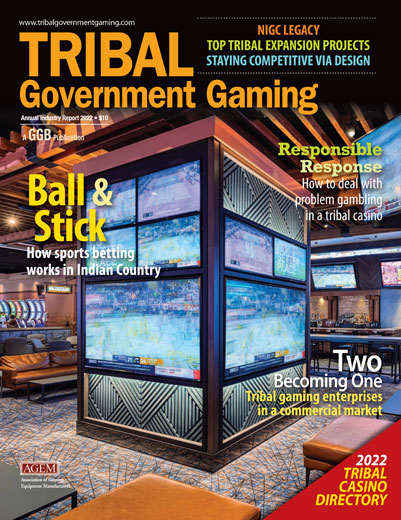

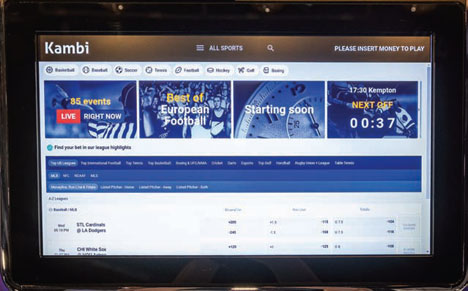 Kambi is a technology provider based in Sweden that was an early entrant into the U.S. market.
Kambi is a technology provider based in Sweden that was an early entrant into the U.S. market.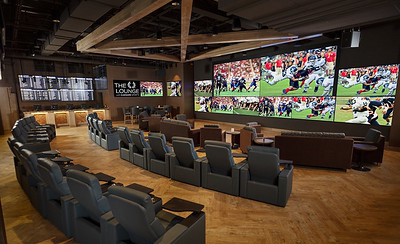
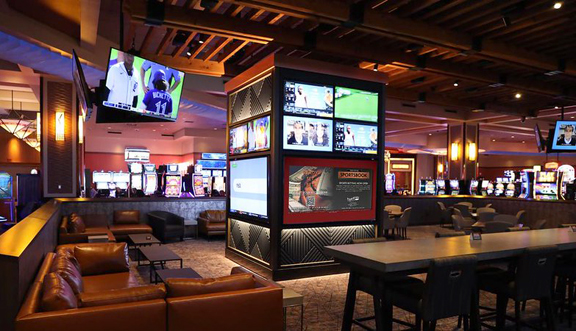

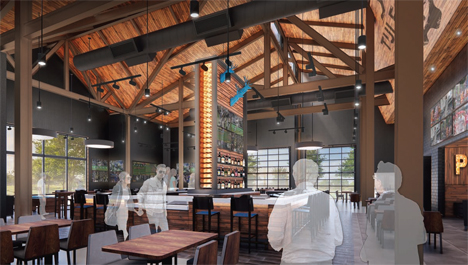

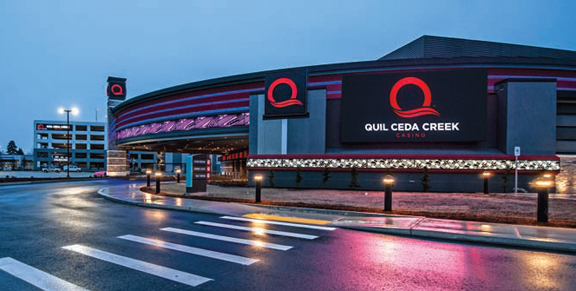 The new Quil Ceda Creek Casino in Tulalip, Washington opened its doors February 3, 2021. The property spans an impressive 126,000 square feet, more than doubling the size of the Tulalip Tribes’ previous casino across the street.
The new Quil Ceda Creek Casino in Tulalip, Washington opened its doors February 3, 2021. The property spans an impressive 126,000 square feet, more than doubling the size of the Tulalip Tribes’ previous casino across the street. To prepare food efficiently in a high-output kitchen—without sacrificing flavor and character—the new Q culinary team introduced windspeed ovens and other innovations to the food preparation process. It’s a no-fry, greaseless kitchen with no vents, and the integration of new kitchen technologies has greatly reduced waste output and energy consumption. Even to-go containers have a short life of 90 days and are completely compostable.
To prepare food efficiently in a high-output kitchen—without sacrificing flavor and character—the new Q culinary team introduced windspeed ovens and other innovations to the food preparation process. It’s a no-fry, greaseless kitchen with no vents, and the integration of new kitchen technologies has greatly reduced waste output and energy consumption. Even to-go containers have a short life of 90 days and are completely compostable. The Puyallup Tribe of Indians opened the new Emerald Queen Casino in late 2020, with design assistance from the Cuningham Group.
The Puyallup Tribe of Indians opened the new Emerald Queen Casino in late 2020, with design assistance from the Cuningham Group. The Emerald Queen Casino balances the eye-catching flash of a Las Vegas-style resort with memorable references to Puyallup tribal culture. Interior elements subtly weave in and draw influence from the textures, shapes and colors of the mountain, river, forests and sounds that define Puyallup tribal land.
The Emerald Queen Casino balances the eye-catching flash of a Las Vegas-style resort with memorable references to Puyallup tribal culture. Interior elements subtly weave in and draw influence from the textures, shapes and colors of the mountain, river, forests and sounds that define Puyallup tribal land. Four days before the Super Bowl, the Spokane Tribe Casino opened its sportsbook. Designed by the Cuningham Group as a part of a larger casino expansion master plan, the Caesars Sportsbook adds a best-in-class sportsbook to the property. The expansion added nearly 40,000 additional square feet to the casino floor, including a large non-smoking gaming area, plus a poker room and the Grill, a quick-service restaurant.
Four days before the Super Bowl, the Spokane Tribe Casino opened its sportsbook. Designed by the Cuningham Group as a part of a larger casino expansion master plan, the Caesars Sportsbook adds a best-in-class sportsbook to the property. The expansion added nearly 40,000 additional square feet to the casino floor, including a large non-smoking gaming area, plus a poker room and the Grill, a quick-service restaurant.

